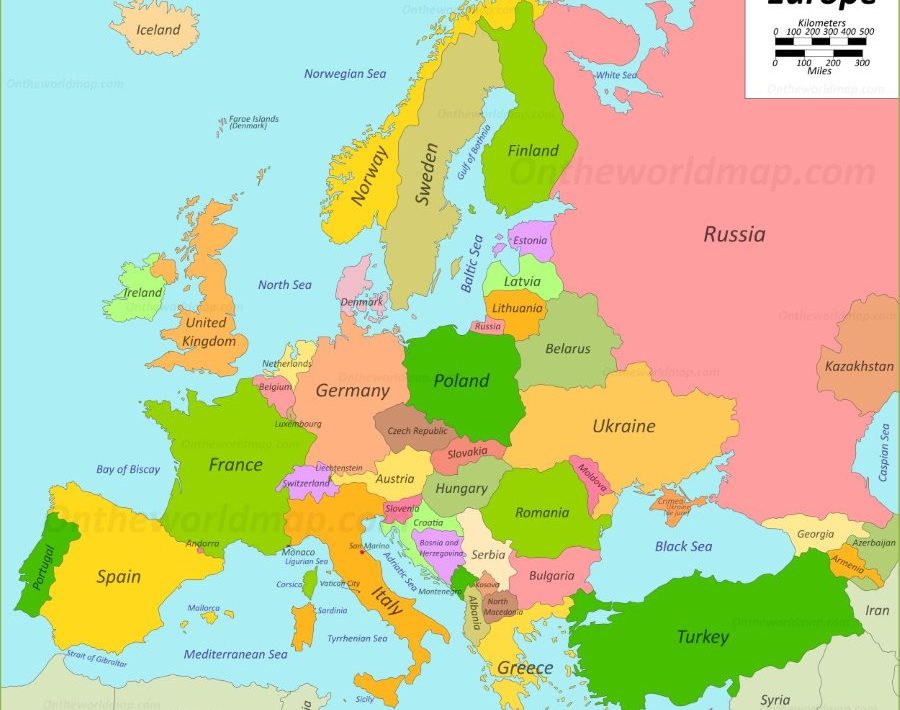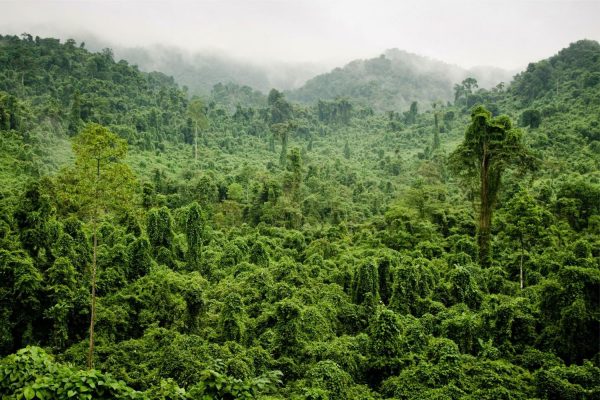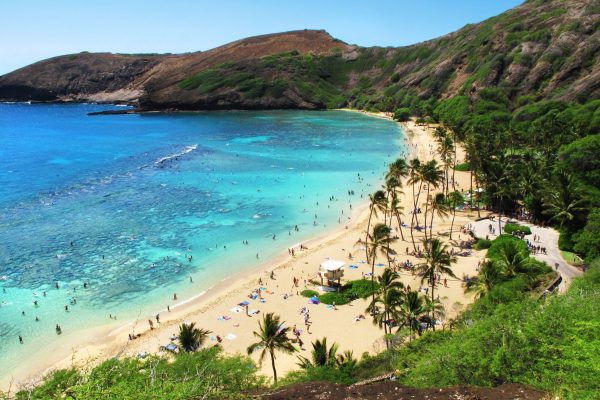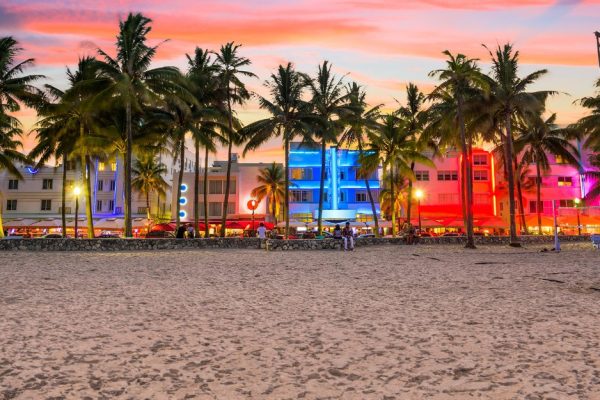Maps are generally always two-dimensional representations of three-dimensional areas. Three-dimensional maps were only conceivable because to contemporary computer graphics. In addition to serving as a geographical database, maps may also be used as a means of communication. In order to attain clarity and use, a map simplifies the environment around it by removing unnecessary features.
What should you know about Europe?
4,000,000 square miles (10,360,000 square kilometres) make up Europe, which is the sixth-largest continent in the world (1992 est. population. 512,000,000). A large portion of the Eurasian land mass may be found here. Eastern Europe is traditionally divided from Asia by the Urals and the Ural River, the Caspian Sea, and the Caucasus, as well as the Black Sea and the Bosporus. Gibraltar Strait and Mediterranean Sea divide it from Africa. The Arctic Ocean surrounds Europe to the north, while the Atlantic Ocean, which connects the North Sea with the Baltic Sea, lies to the west.
There is a massive Alpine Mountain chain that runs from west to east across Europe, with the Pyrenees and Alps as the most prominent connections. Elbrus in the Caucasus and Mont Blanc in the Alps are the two tallest peaks in the world. The bottom of the Caspian Sea is 92 feet/28 metres below sea level, making it Europe’s lowest point. Located in the middle of Europe’s vast plains, between the Scandinavian peninsula and the Alps are the Central European Uplands, which are bordered by the Great European Plain.
The eastern and northern portions of this plain (which is broken by tiny mountain groups and hills) include enormous steppe, forest, lake, and tundra zones, respectively. The Iberian, Italian, and Balkan peninsulas are predominantly mountainous to the south of the Alps, which separate them from the rest of Europe. Two of Europe’s most productive regions—the Po and Alföld plains—are located between the Apennines and Alps. The Volga, Don, Dnieper, Danube, Vistula, Oder, Elbe, Rhine, Rhône, Loire, Garonne, and Tagus are among Europe’s most important river systems, from east to west to more about it visit Europe Map
Facts about Europe
- In 2021, there will be more than 748 million people living in Europe’s 50 nations.
- The European section of Russia is the largest nation in the world. Russia, Ukraine, and France are the three most populous nations in the world.
- Moscow. More than 13 million people live inside the municipal borders of Russia’s capital, Moscow. With a population of 5.3 million, Saint Petersburg is Russia’s second-largest city. Russia’s capital, Moscow, is the continent’s most populous metropolis.
- In addition to being Europe’s smallest town, Hum is also the world’s smallest. Only 30 people live in the town. Find out more about Croatia by visiting this page.
- Europe has the largest population density, meaning there are more people per square kilometre or square mile on the European continent.
- Iceland’s capital city, Reykjavk, is the most northern capital city in Europe and the globe.
How the map is useful
In the end, map reading helps kids develop their problem-solving and thinking abilities. The library’s distance from the student’s home or school may be calculated, for example. They can also design the quickest and most efficient itineraries to your preferred holiday destinations. Self-reliance and confidence in one’s capacity to come up with a solution are fostered by this method of teaching
Students can also learn a lot about a nation by examining maps and globes, including information about its topography, bodies of water, natural resources, and climate. The technical components of map making are an important part of geography. Symbols and tools found on maps, such as the compass rose, key, and map titles, will be discussed with students. As a student, you need a globe in your life in order to obtain a feel of a place’s history through studying its maps.
Countries and their nickname
- THE GRANITE CITY – Aberdeen, Scotland
- VENICE OF THE NORTH – Amsterdam, Netherlands
- CITY OF THE VIOLET CROWN – Athens, Greece
- CITY OF COUNTS – Barcelona, Spain
- THE GREY CITY – Berlin, Germany
- CITY OF A THOUSAND TRADES – Birmingham, England
- THE FAT ONE, THE RED ONE – Bologna, Italy
- BEAUTY ON THE DANUBE, LITTLE BIG CITY – Bratislava, Slovakia
Is it safe to travel to Europe
Entrance and travel requirements for tourists might vary based on the nation, area within the country, airline, hotel, or public venue. Amazing collections like scratch-off maps enable us enjoy the experience of seeing different places of the globe as travellers. Maps assist us in comprehending the site we want to visit, what it has to offer, and the distance between distinct points.
All of information aids you in creating the ideal itinerary for a memorable vacation experience. Maps may also inspire lost souls who might otherwise lose out on the beauty of so many locations. It allows them to narrow down the trip region. From there, you’ll find a plethora of blogs, personalities, articles, photographs, and videos to inspire you to go on your journey. A map in your palm should be the starting point for each trip. your map will make your trip more enjoyable.
It is via maps that we are given the opportunity to make our own decisions. Everything seems within grasp when you have a global map set out in front of you. It inspires you to push yourself to new heights and see the world for what it really is by taking a trip somewhere exciting. From here, all the options and choices are laid bare.
When it comes to deciding where to travel, you may now explore every nook and cranny of a place before making your final decision. So many locations to see and experiences to take await us in the world still to be discovered. You’ll have this revelation after looking at a map, and its visual portrayal will inspire you to pack your bags and go.





